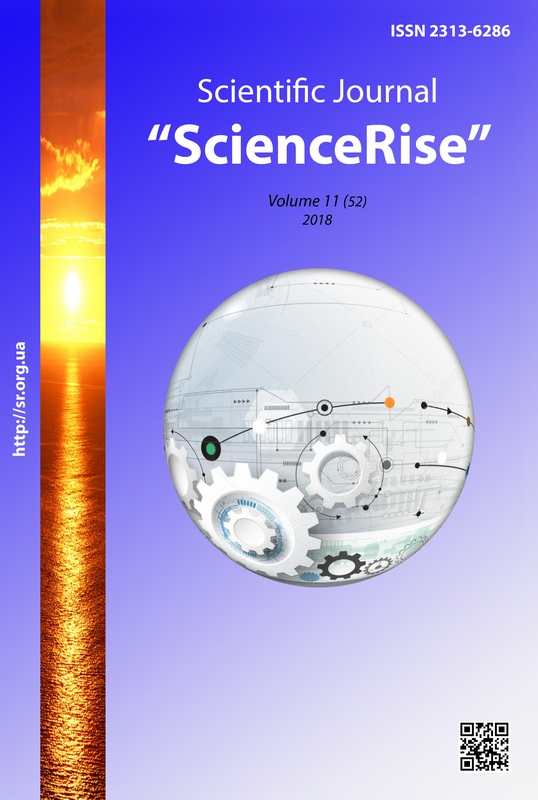Evaluation of readability of textbooks in the Azerbaijani language
DOI:
https://doi.org/10.15587/2313-8416.2018.149506Keywords:
readability formulae, Flesch reading ease formula, Flesch-Kincaid grade level formulaAbstract
This article discusses the method of estimating the complexity of textbooks for secondary schools in Azerbaijan using readability formulas modified for the Azerbaijani language. The dynamics of changes in the level of readability of textbooks in the transition from lower grades to older ones, as well as the relevance of the complexity of educational materials to the age characteristics of students are analyzed
References
Abdullaev, A. S. (1966). Iz istorii prepodavaniya azerbaydzhanskogo yazyka. Baku: Maarif.
Sadygov, I. Dzh. (2012). Slozhnost' tekstov i sposoby ikh otsenivaniya. Ekspress-informatsiya. Seriya «Informatsionnoe obshhestvo». Baku: izdatel'stvo «Informatsionnye tekhnologii», 72.
DuBay W. H. The Principles of Readability. Costa Mesa: Impact Information, 2004. 72 p.
Mardanov, M. Dzh., Shakhbazly, F. Sh. (2005). Obrazovatel'naya politika Azerbaydzhana (1998–2005). Baku: Takhsil, 284.
Kriterii otsenki uchebnikov. Available at: https://edu.gov.az/az/pdf/162/227
Sadigov, I. J. (2018). Mathematical and information models for evaluating readability of texts in Azerbaijani language. El-Cezeri Journal of Science and Engineering, 5 (3), 888–903. doi: http://doi.org/10.31202/ecjse.442153
Mikk, Ya. A. (1981). Optimizatsiya slozhnosti uchebnogo teksta. Moscow: Prosveshhenie, 119.
Flesch, R. (1948). A new readability yardstick. Journal of Applied Psychology, 32 (3), 221–233. doi: http://doi.org/10.1037/h0057532
Sadigov, I. (2018). Modified flesch formula for evaluating the complexity of texts in Azerbaijani language. Problems of Information Technology, 9 (1), 41–52. doi: http://doi.org/10.25045/jpit.v09.i1.05
Zorbaz, K. Z. (2007). Otsenivanie dliny slov-predlozheniy i urovnya udobochitaemosti skazok v turetskikh uchebnikakh. Eğitimde Kuram ve Uygulama, 3 (1), 87–101.
Durukan, E. (2014). Svyaz' mezhdu urovnyami udobochitaemosti tekstov i navykami chteniya uchashhikhsya. Ana Dili Eğitimi, 2 (3), 68–76.
Oborneva, I. V. (2006). Avtomatizirovannaya otsenka slozhnosti uchebnykh tekstov na osnove statisticheskikh parametrov. Moscow, 165.
Downloads
Published
Issue
Section
License
Copyright (c) 2018 Rasim Mahammad oglu Alguliyev, Ismayil Jalal oglu Sadigov

This work is licensed under a Creative Commons Attribution 4.0 International License.
Our journal abides by the Creative Commons CC BY copyright rights and permissions for open access journals.
Authors, who are published in this journal, agree to the following conditions:
1. The authors reserve the right to authorship of the work and pass the first publication right of this work to the journal under the terms of a Creative Commons CC BY, which allows others to freely distribute the published research with the obligatory reference to the authors of the original work and the first publication of the work in this journal.
2. The authors have the right to conclude separate supplement agreements that relate to non-exclusive work distribution in the form in which it has been published by the journal (for example, to upload the work to the online storage of the journal or publish it as part of a monograph), provided that the reference to the first publication of the work in this journal is included.

